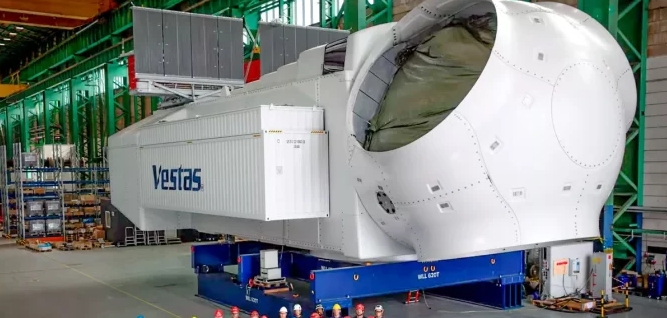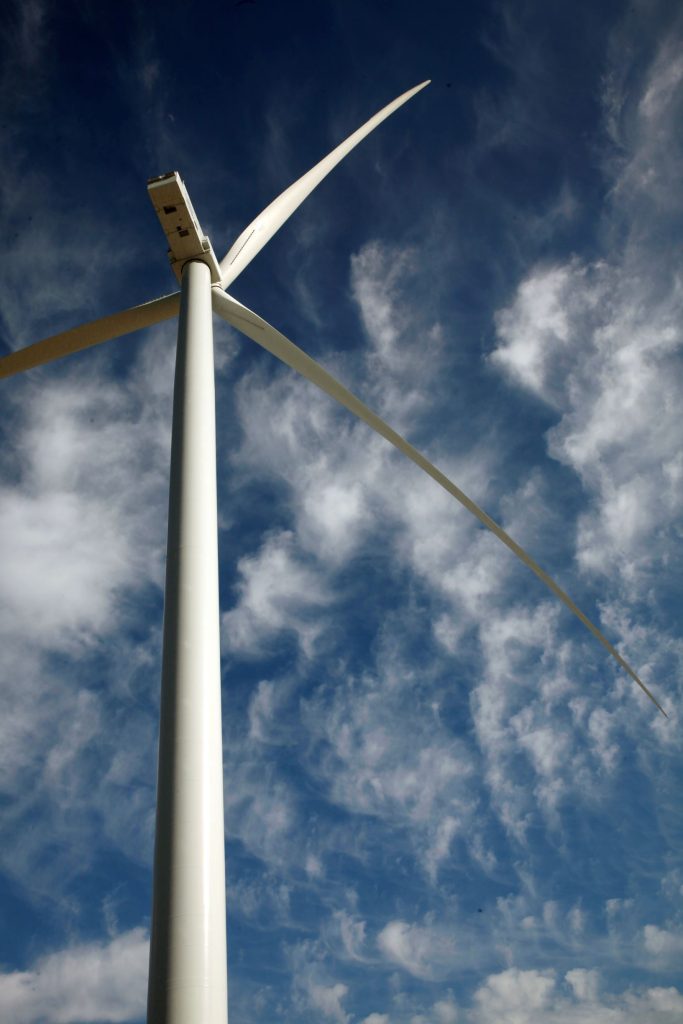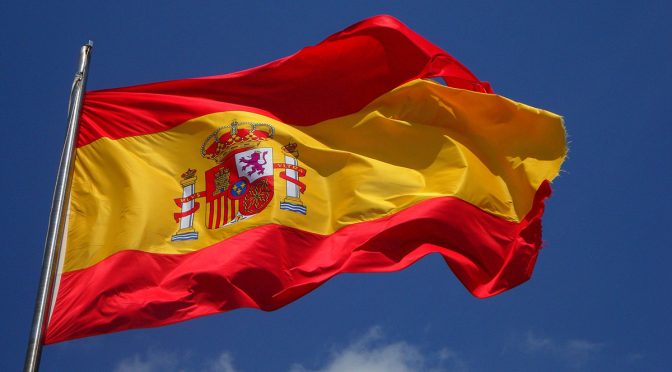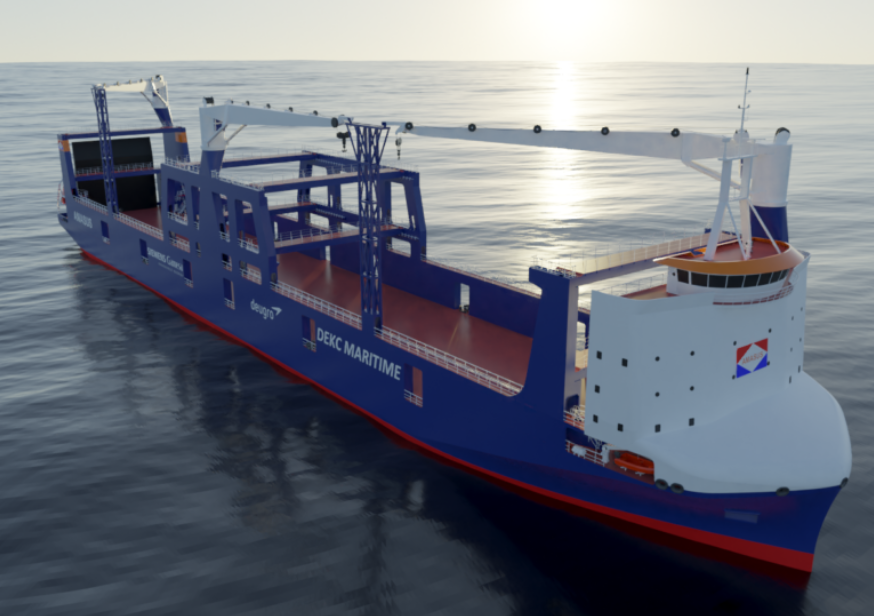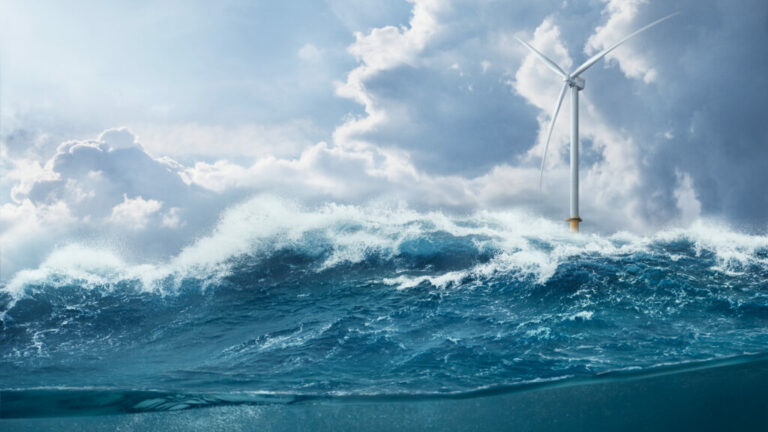A Future Energy Summit in Abu Dhabi last week displayed the whole universe of systems and technologies that will be required for a post-carbon world. More than 100 providers of solar equipment and services had their wares on display, in addition to companies, utilities and organizations involved in wind, hydro, nuclear, biofuels, bio systems for carbon capture, and energy storage. Also present were investors and advisors on systems, grid management and transition planning.
Much of what was on display is emergent and not close to full marketability. But the massive solar panels on the floor were indicative of what imminently faces utilities and energy suppliers these days. Discussion focused on how to integrate more and more variable renewable energy (VRE) to enhance flexibility across power systems and ensure grid stability. The imperative now is to boost grid capacity to cope with VRE at different time scales from short to long term.
What is occurring in the UAE is similar to what is occurring now in the renewables sector in many countries. The Emirate of Abu Dhabi (pop. 1.5 million) and neighboring Dubai (pop. 3.2 million) have aggressively developed solar power during the past decade. While renewable energy provided just 2% of the country’s electrical capacity at the end of 2018, its share will be rising quickly.
Last year saw the start-up of the 1.7GW Noor Abu Dhabi plant, with 3.2 million solar panels installed across an 8 square kilometer site at Sweihan in Abu Dhabi. The emirate is now moving forward with a planned 2GW solar PV plant being developed in the Al Dhafra region. For its part, Dubai continues adding to its enormous MBR Solar Park, which is planned to produce 5GW of power by 2030. The site is now seeing development of its 4th phase, a 950 MW solar CSP/PV complex called Noor Energy 1.
These projects have set records for their large scale and have attracted some of the world’s most competitive bid prices from developers. Now Abu Dhabi will add even more carbon-free power when its Barakah nuclear power plant comes online later this year. The first nuclear energy plant in the Arabian Peninsula, it is expected to produce 5.6GW of power and meet up to 25% of the country’s electricity needs when fully completed. And added to this are several waste-to-energy projects in development across the UAE.
Together these will make a strong start toward the country’s ambitious clean energy goals. Based on such goals, the International Renewable Energy Agency (IRENA) forecasts that the UAE will have 30GW of renewable energy capacity by 2030. Long term, the UAE Energy Plan 2050, an energy strategy enshrined in law, calls for the share of non-carbon energy to rise to 50% of the country’s electricity generation capacity by 2050 (44% renewable; 6% nuclear), with renewable energy capacity reaching 44GW. Achieving this goal will reduce the country’s carbon footprint from power generation by 70%.
During the 4-day Summit, panelists and speakers commented on the anticipated surge of renewable energy onto grids and the innovations required to accommodate it.
“By 2024 in Abu Dhabi we could potentially have 5GW of solar on the system, that is our expectation,” said Bruce Smith, Director of Forecast and Planning for the Emirates Water & Electricity Company. He expects that over 50% of Abu Dhabi’s energy will be produced from a combination of renewable and nuclear power by 2030. “That will be a dramatic change,” he said.
Clearly the UAE has, according to Laurent Clement, Managing Director of EDF Middle East, “an electricity system that is moving very fast.”
This rapid transition is due to several factors, not least of which are relatively low cost financing combined with the successful auctioning systems implemented by the various utilities. Photovoltaic power will be coming into the grid with very low average cost and almost no variable cost. It has become the preferred solution to meeting the UAE’s growing demand for energy.
Smith noted that solar PV now produces energy at a cost that is less than half that of gas powered generation in Abu Dhabi. As Bruce Stedall, Managing Director of the Abu Dhabi Transmission & Dispatch Company (Transco) put it, “The economics of PV are now undeniable.”
This leaves industry watchers and investors considering the next wave of cost reductions that might be anticipated in renewable energy including those in complimentary storage technologies. Last week’s summit in Abu Dhabi points to system design, flexible network architecture, predictive interventions and operation as the focal point of cost-reducing innovation.
“Our system will be extremely clean, but with its own challenges,” said Carlos Gasco, Executive Director of Energy Policy at Abu Dhabi Department of Energy. He pointed out the emirate’s unique characteristics that must be considered in system design, including: a rising level of PV power; a high level of nuclear power coming in; a large winter to summer peak differential; and a combined water desalination and electricity production system (with a transition from thermal desalination to reverse osmosis method).
“When we reach 15 to 20% of renewables, we need to be ready to have a different kind of grid,” said Ahmed Ali Al-Ebrahim, CEO of the GCC Interconnection Authority (GCCIA). He described current work on market design to achieve a regional power market, transporting energy through the GCC Power Exchange launched last year to support grid flexibility.
Gasco pointed to three interrelated areas that must be focused on now: demand management, system operation, and smart grid. Seeing these three holistically to find solutions will be “a recipe for success,” he said.
Stedall saw a more dynamic market structure evolving with a more dynamic grid and he discussed the additional system costs in the PV transition. “It’s more than LCOE,” he said, “as the renewable energy transition needs to consider the grid costs to evacuate power from the PV plants to demand centres and ancillary service costs for balancing of renewable intermittency together with ensuring the security and stability of the system.”
Considering such costs, David Livingston, Deputy Director for Climate and Advanced Energy at the Atlantic Council cautioned, “In the interests of renewable energy, there needs to be full transparency in integration costs.”
